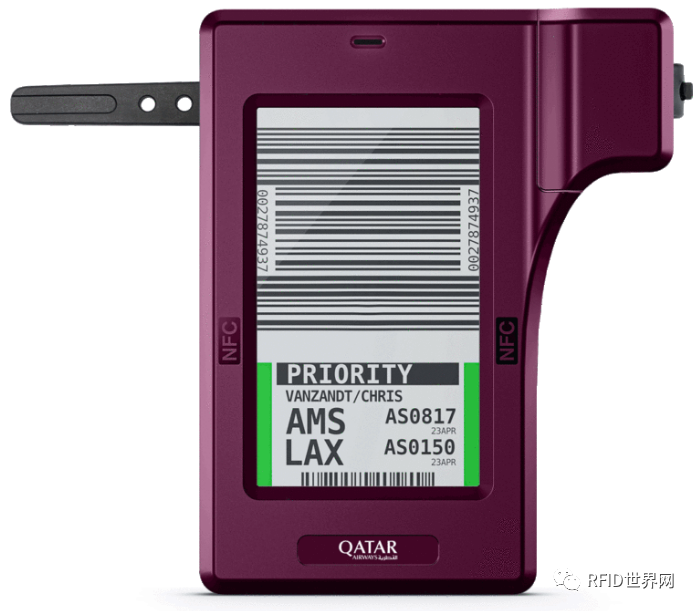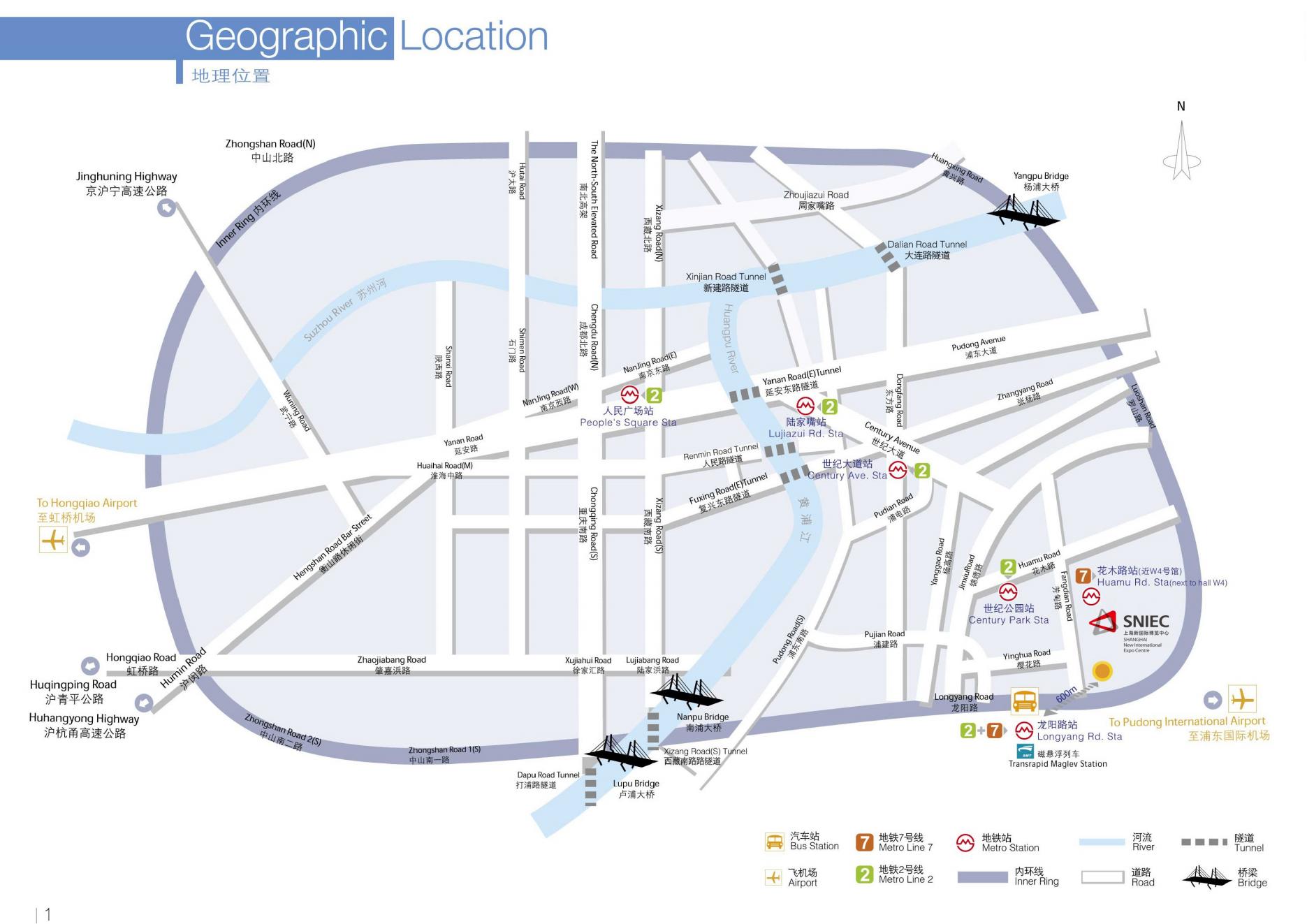As American travelers flood airports during Thanksgiving, airlines are offering a high-tech solution for tracking the luggage of those heading home.
Developed by the tech company BagTag, this electronic luggage tag, measuring 3.5 inches in length, features an E-ink display and integrates Bluetooth Low Energy (BLE), Near Field Communication (NFC), and UHF RFID capabilities. The backend software connection between the BagTag platform and airlines enables passengers to check in their luggage and update the device before departing.

This solution allows airlines to provide the convenience already widespread in digital check-ins but tailored to luggage. Once passengers check their luggage in the airline’s system using their mobile phones, the tag is updated with essential data about the passenger, flight, and destination.

Alaska Airlines has successfully piloted BagTag with some frequent flyers and plans to expand its availability to other passengers soon. The airline will offer the tags on its website and deliver them directly to passengers’ homes.

The transmission employs data conversion units to update information on UHF and NFC chips. It triggers the reprinting of information, including details about the flight and relevant barcodes, onto the E-ink display.
Upon arrival at the airport, passengers may find a dedicated drop-off point depending on the airport or may need to approach airline representatives to hand over their luggage.
In either scenario, the E-ink barcode displayed on the tag will be scanned to confirm the identity and flight information of the luggage, ensuring accurate routing.
Until now, the UHF RFID functionality in BagTags has often gone unused. However, the tech company anticipates that, with more RFID readers installed at airports, this feature will offer benefits for both airline and airport luggage handling.
For instance, Qatar Airways utilizes airport RFID functionality to capture the ID of each piece of luggage for sorting and routing within the airport.

As the system already updates tag ID information in NFC and UHF chips, the adoption of RFID seamlessly integrates with the airlines’ operations. Each time a passenger updates their BagTag and refreshes the E-ink information, the UHF RFID tag is also updated with new flight information.
This article was originally published by Ulink Media, the organizer of IOTE EXPO (IoT Expo in China).
Join us next year in Shanghai, and let’s shape the future of technology together!
To register IOTE 2024 Shanghai station:

















